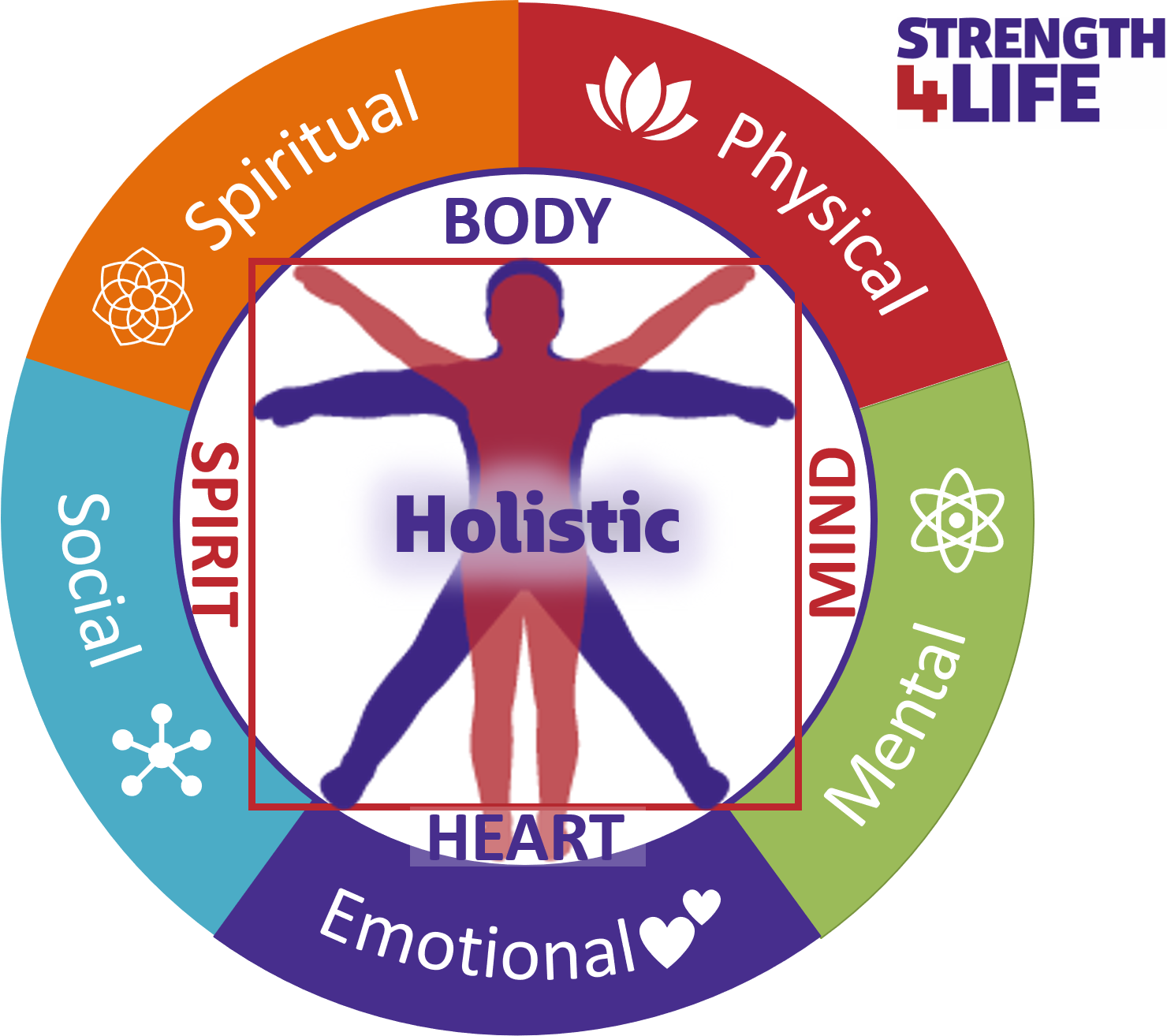Understanding The Good Life: A Holistic Approach To Happiness

Table of Contents
Physical Well-being as a Foundation for the Good Life
The Importance of Physical Health
Physical health forms the bedrock upon which a fulfilling life is built. Neglecting our physical needs directly impacts our mental and emotional well-being. A healthy body promotes a healthy mind, and vice versa. Numerous studies have shown a strong correlation between physical activity and reduced symptoms of depression and anxiety.
- Regular exercise: Aim for at least 150 minutes of moderate-intensity aerobic activity per week.
- Healthy diet: Focus on whole foods, fruits, vegetables, and lean protein. Limit processed foods, sugar, and unhealthy fats.
- Sufficient sleep: Prioritize 7-9 hours of quality sleep each night for optimal physical and cognitive function.
- Preventative healthcare: Regular check-ups and screenings are crucial for early detection and prevention of diseases.
- Mindful movement: Incorporate activities like yoga or tai chi to improve flexibility, balance, and stress reduction.
Maintaining a healthy lifestyle is not just about avoiding illness; it’s about cultivating energy, vitality, and resilience – essential ingredients for a good life. Research consistently demonstrates the link between physical health and mental well-being, highlighting the importance of integrating physical activity and healthy eating into a comprehensive wellness plan.
Cultivating Strong Relationships for a Meaningful Life
The Power of Connection
Humans are inherently social creatures. Strong relationships provide crucial emotional support, a sense of belonging, and contribute significantly to overall happiness. The quality of our connections profoundly impacts our well-being.
- Nurturing family bonds: Invest time and effort in maintaining close relationships with family members.
- Building strong friendships: Cultivate meaningful friendships based on trust, mutual respect, and shared experiences.
- Fostering romantic relationships: Nurture healthy and supportive romantic partnerships based on communication and emotional intimacy.
- Engaging in community involvement: Participating in community activities fosters a sense of belonging and connection with others.
Social connection acts as a buffer against stress, loneliness, and isolation, fostering resilience and promoting emotional health. Feeling loved, supported, and accepted are fundamental aspects of a meaningful and happy life.
The Role of Purpose and Meaning in Achieving the Good Life
Finding Your Passion and Purpose
A sense of purpose provides direction, motivation, and a feeling of fulfillment. Identifying and pursuing your passions contributes significantly to a meaningful life.
- Identifying personal values: Understanding your core values helps you align your actions with your beliefs.
- Exploring interests and talents: Discover your strengths and passions to find activities that bring you joy and satisfaction.
- Setting meaningful goals: Establish goals that are aligned with your values and contribute to your overall sense of purpose.
- Contributing to something larger than oneself: Volunteering, mentoring, or engaging in charitable work can provide a profound sense of meaning.
- Pursuing a fulfilling career or vocation: Choosing a career that aligns with your interests and values contributes to long-term job satisfaction.
Purpose isn't simply about achieving success; it's about contributing to something bigger than yourself, making a difference, and living a life that reflects your values. This contributes significantly to a sense of life satisfaction and overall happiness.
Mental and Emotional Well-being: Essential Components of a Good Life
Practicing Mindfulness and Self-Care
Mental and emotional well-being are crucial for a balanced and happy life. Stress management and emotional regulation are key to navigating life's challenges.
- Meditation: Regular meditation practice can reduce stress, improve focus, and enhance emotional regulation.
- Yoga: Yoga combines physical postures, breathing techniques, and meditation to promote physical and mental well-being.
- Spending time in nature: Connecting with nature has been shown to reduce stress and improve mood.
- Journaling: Writing down your thoughts and feelings can help process emotions and gain self-awareness.
- Practicing gratitude: Focusing on the positive aspects of your life can enhance feelings of happiness and well-being.
- Seeking professional help when needed: Don't hesitate to seek therapy or counseling if you're struggling with mental health challenges.
Prioritizing self-care isn’t selfish; it’s essential for maintaining mental and emotional health, which is inextricably linked to overall well-being and the pursuit of a good life.
Financial Security and its Impact on the Good Life
Balancing Financial Well-being with Other Aspects
Financial security plays a role in overall well-being, providing stability and reducing stress. However, it shouldn't be the sole focus of the good life.
- Financial planning: Create a budget, track expenses, and plan for the future.
- Responsible spending: Avoid impulsive purchases and prioritize needs over wants.
- Saving and investing: Build a financial safety net and invest for long-term growth.
- Avoiding excessive debt: Manage debt responsibly and avoid accumulating unnecessary debt.
- Understanding the limits of materialism: Recognize that happiness isn't solely dependent on material possessions.
While financial security reduces stress and provides freedom, it's crucial to maintain a balanced perspective and avoid the trap of defining a good life solely through material wealth.
Conclusion: Embracing a Holistic Approach to the Good Life
Achieving a good life is a holistic endeavor, encompassing physical health, strong relationships, a sense of purpose, mental well-being, and a degree of financial security. These elements are interconnected and mutually supportive. By nurturing each aspect, we create a rich and fulfilling life. Start building your own good life today by focusing on one aspect of holistic well-being. Learn more about [link to relevant resources] and discover your path to a happier, more fulfilling life, enriching your journey towards a truly good life and experiencing lasting happiness.

Featured Posts
-
 Sanofi Et Ses Comparables Europeens Evaluation Et Perspectives
May 31, 2025
Sanofi Et Ses Comparables Europeens Evaluation Et Perspectives
May 31, 2025 -
 Sanofi Rachete Un Anticorps A La Biotech Americaine Dren Bio
May 31, 2025
Sanofi Rachete Un Anticorps A La Biotech Americaine Dren Bio
May 31, 2025 -
 Ouistreham Celebre L Ete Son Carnaval Lance La Saison Estivale
May 31, 2025
Ouistreham Celebre L Ete Son Carnaval Lance La Saison Estivale
May 31, 2025 -
 Rogart Vets Tain Relocation Update Following Recent Fire
May 31, 2025
Rogart Vets Tain Relocation Update Following Recent Fire
May 31, 2025 -
 22 Ans Deja Le Tip Top One Debarquait A Arcachon
May 31, 2025
22 Ans Deja Le Tip Top One Debarquait A Arcachon
May 31, 2025
